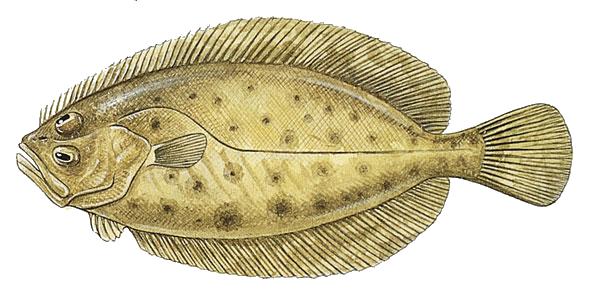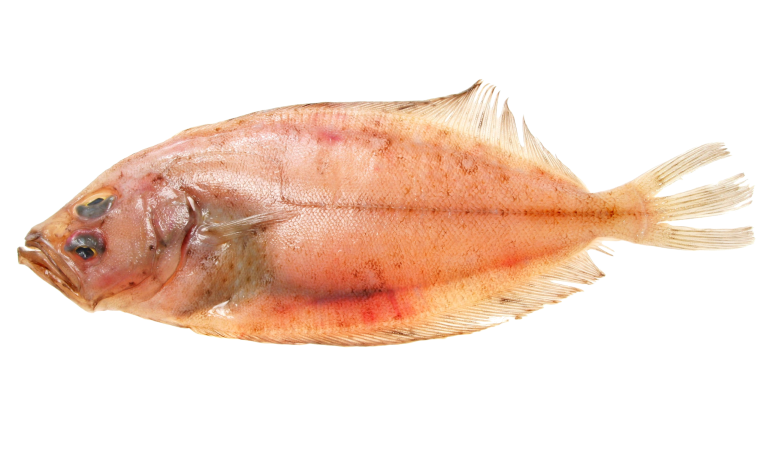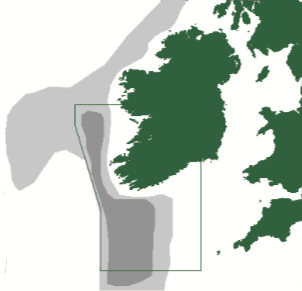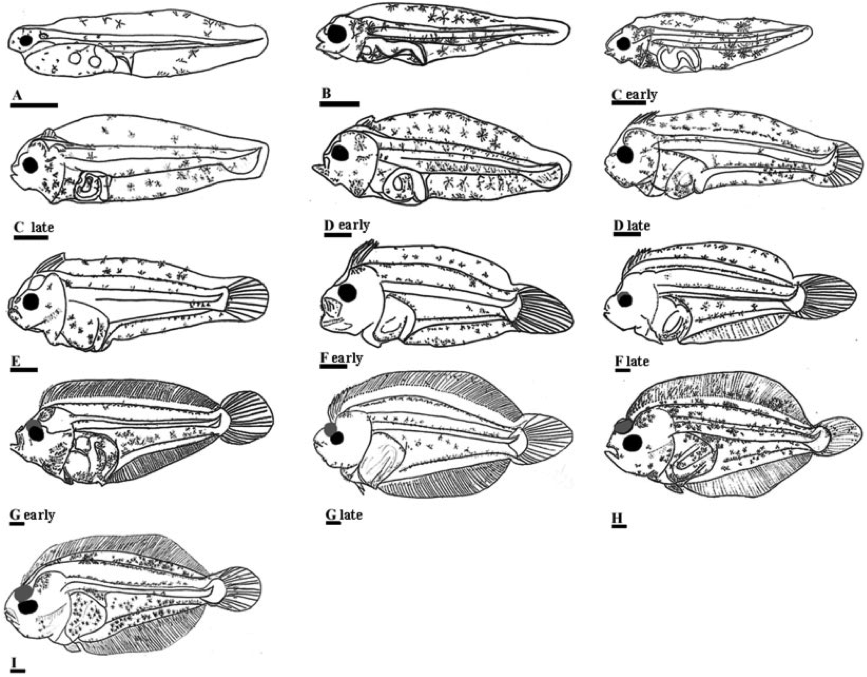History of the megrim sole

Megrim is not a traditionally eaten flatfish in Ireland or indeed the British Isles. Even today when it is much more readily available, it is not eaten much locally, possibly because of it’s not very appealing looks or indeed name.
When the name ‘megrim’ was adopted is unclear. Historically, it was the fluke, or sail fluke and, quite endearingly the whiff. Whiff was the name used in Cornwall when seventeenth century scientist John Ray came by. He recorded it in a landmark book on fish science in 1686. Twenty years later, whiff was incorporated into the scientific name Lepidorhombus whiffiagonis by another scientist, Johann Julius Walbaum of Germany, who also gave us two other memorable names: Oncorhynchus mykiss (rainbow trout) and Sardina pilchardus (European pilchard). And the new name for megrim: Cornish sole.
The French fishermen of Boulogne used megrim in their shipboard fish stews but gave it the highly uncomplimentary name of "salope" meaning “nasty”, “filthy”. It is true that Megrim needs to be eaten fresh as it perishes rather quickly (within a few days). But it is a very delicious fish and much more affordable and sustainable than the more traditional and much higher prized dover (Solea solea) or lemon sole (Microstomus kitt).
In etymological terms, megrim is a migraine. In the 15th century, English speakers borrowed "migraine" from French. Nowadays, "megrim" and "migraine" can still be used interchangeably, of course only when it is directed at the very painful headache. Its plural form “megrims” is often referred to as low spirits.
There is an anecdote of the Fish Society of the USA having once shipped 20 kilos of megrim fillets to a New England scientific society which was running a conference on “megrims”. They were going to eat them for dinner, however, there were some delays at the airport and the “whiff” arrived two weeks late.
Nowadays, megrim is often advertised and promoted as Cornish sole or megrim sole to get rid of the negative connotations and it seems to sit better with consumers.
Ecology of megrim

Megrim (Lepidorhombus whiffiagonis) is also known as whiffy, whiff, megrim sole, Cornish sole or in Irish: Scoilteán. It is a relatively narrow-bodied, left-eyed flatfish with a moderately large head and large eyes and mouth compared to other flatfish and relative to its own body size. Megrim are usually pale orange/yellow to light brown and can have a translucent appearance. They are really not very pretty! Dorsal and anal fin start far back on the body and run right along to the tail and are edged in black. The underside is white. The fish can grow up to 60cm while the average size is 35-40cm. The minimum conversation size in Irish waters is 20cm depending what waters they’re caught in.
Megrim is a migratory, deep-sea species and occurs throughout the north-east Atlantic. Its close relative, the four-spot megrim (Lepidorhombus boscii) distinguishable by the dark spots on its fins occurs from the Mediterranean up to the Faroe Islands. Both species can be found from inshore waters up to depths of around 800m but L. whiffiagonis is most abundant around 100-300m while L. boscii is most abundant around 200-600m. Although the two species are usually classed together as a single species in commercial catches, Irish landings are nearly exclusively L. whiffiagonis.
Megrim are usually found over muddy or sandy sea-beds and avoid heavy or broken ground or areas with a lot of weed. Adults feed on small fishes which live on or near the seabed and will also catch cephalopods (squid), crustaceans and dislodged shellfish. They themselves are in turn part of the diet of larger species such as sharks, seals and large cod.

Megrim are relatively slow growing and long-lived. They usually spawn around January-April and females grow larger, mature later and live longer than males. Their sexual maturity size is reached at around 22cm; L. whiffiagonis are known to spawn in the deep waters off Iceland and the west of Ireland.
Like every other flatfish, megrim begin their live as an egg which quickly grows into a pelagic larva (suspended in the water column) being part of the zooplankton like most marine fish. At a certain stage, they sink to the seafloor where they fall onto their right side and their right eye migrates over to the left, this gives them their asymmetrical shape.

Flatfishes are born with one eye on each side of their head, but undergo larval metamorphosis where one eye migrates to the other side of the fish's head late in larval development, producing asymmetrical juvenile fishes. By the time the skull is fully ossified, the eyes are permanently fixed in place.
How did this asymmetrical character first evolve? Even Charles Darwin, one of the co-discoverers of the theory of evolution by natural selection, was baffled by what he referred to as this "remarkable peculiarity" of flatfish morphology. Matt Friedman published an extraordinary article in Nature in 2008 on this phenomenon. You can read his abstract here.

